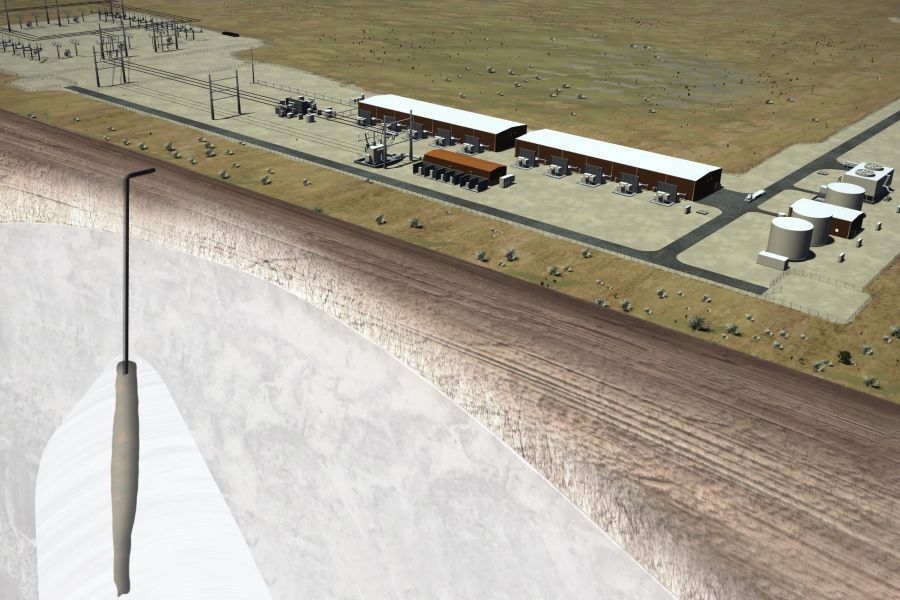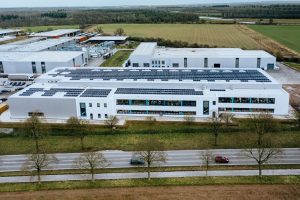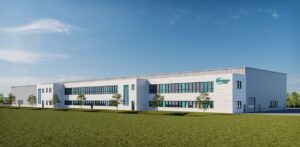ACES Delta is a joint venture between Magnum Development and Mitsubishi Power. The contract awarded to WSP is for the underground storage portion and related surface facilities of the Advanced Clean Energy Storage hub to build the world’s largest green hydrogen production and storage facility.
The ACES Delta project involves converting renewable power into green hydrogen that can be stored in commercial-scale solution mined caverns. When completed, it will provide 100% clean energy seasonal storage capabilities, thereby deploying technologies and strategies essential to a decarbonized future for the western U.S. power grid.
The hub will produce up to 100 metric tonnes per day of green hydrogen from renewable energy using electrolysis. Green hydrogen is then to be stored in two massive salt caverns, each capable of storing 150 GWh of energy, which is equivalent to 40,000 MW of lithium-ion batteries. The long-duration energy storage capability of the salt caverns will help improve resource adequacy and decrease costs by capturing excess renewable power when it is abundant and dispatching it back on the grid when it is needed.
The overall project will enhance grid reliability and efficiency through optimization of existing transmission line loads, while creating the ability to move excess generation from highly productive renewable energy generation months with little electric load to cover demand during high-load periods. It also reduces the need to overbuild renewables and new transmission assets.
The massive natural geological salt formation is adjacent to the Intermountain Power Project (IPP) near Delta, with transmission interconnections to major demand centers throughout the west and significant renewable energy resource opportunities in the region.
Financed with support from the U.S. Department of Energy’s loan guarantee, the Advanced Clean Energy Storage hub will supply hydrogen feedstock to the IPP Renewed Project — an 840 MW hydrogen-capable gas turbine combined cycle power plant — that will initially run on a blend of 30% green hydrogen and 70% natural gas by volume starting in 2025 and will increase to 100% by 2045.






